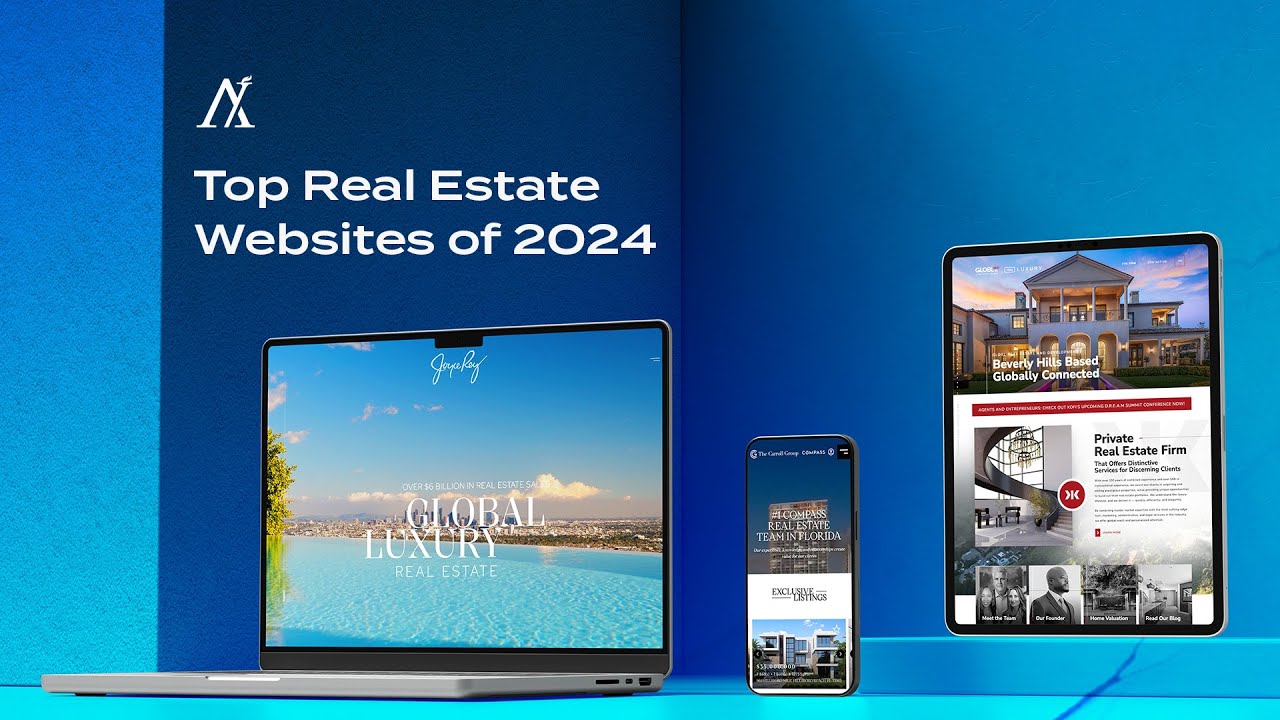Websites in 2030: What’s Next?
As we look ahead to the future of websites in 2030, it’s clear that the web will evolve in ways that we can only begin to imagine. With rapid advancements in technology such as artificial intelligence (AI), augmented reality (AR), blockchain, and machine learning, the websites of tomorrow will be radically different from those we use today. This article explores the key trends and technologies that will shape the future of websites and how they will transform user experiences in the years to come.

The Evolution of Website Design
The world of web design has already come a long way since the early days of the internet. In 2030, websites will be more immersive, dynamic, and personalized than ever before. One of the most notable changes will be the shift from static websites to adaptive, user-centric platforms that adjust in real-time based on user preferences, behavior, and context.
AI-Driven Personalization
Personalization is one of the most significant trends in web design, and by 2030, websites will take personalization to the next level. Through the use of advanced AI algorithms, websites will learn and adapt to a user’s preferences and habits, delivering a tailored experience every time they visit.
For example, AI could analyze a user’s browsing history, past purchases, and even their social media activity to suggest content, products, or services that match their interests. This level of personalization will extend far beyond just recommending products; websites will be able to predict a user’s needs, offering a customized experience in real-time. Imagine visiting a website, and it immediately adapts its layout, color scheme, and content to suit your mood or needs.
Immersive and Interactive Design
In addition to personalization, the design of websites in 2030 will also incorporate immersive elements like augmented reality (AR) and virtual reality (VR). These technologies will allow users to interact with websites in entirely new ways. For example, instead of simply reading about a product or service, you could virtually try it on, see it in your environment, or even interact with it in 3D.
E-commerce websites will particularly benefit from this shift. Shoppers could use AR to visualize how furniture fits into their living rooms or try on clothes without leaving their homes. This level of interactivity will make the online shopping experience more engaging and realistic, reducing the friction that often leads to abandoned carts.
Minimalist and Clean Interfaces
Another trend that will likely continue into 2030 is the move towards minimalist and clean user interfaces. As the web becomes more advanced and interactive, users will expect websites to provide seamless, clutter-free experiences. Simple, intuitive designs will be key to ensuring that users can navigate websites without confusion. Websites will focus more on function over form, using clean typography, streamlined navigation, and subtle animations to enhance user experience.
The Rise of AI and Automation
AI will play a major role in shaping the websites of 2030. As we move into a more data-driven world, websites will increasingly rely on machine learning and AI to offer smarter, more efficient, and more personalized experiences.
AI-Powered Chatbots and Virtual Assistants
Chatbots have already become commonplace, but in 2030, they will be far more advanced. Powered by AI and natural language processing, virtual assistants on websites will be able to hold fluid, meaningful conversations with users, providing real-time assistance for everything from answering product questions to booking appointments.
These intelligent chatbots will not just respond to queries but will also anticipate user needs. For instance, if you’re browsing an e-commerce site and spend time looking at a specific product, a chatbot might pop up to offer discounts, more information, or related product recommendations. These AI-powered assistants will create a more personalized, streamlined customer service experience.
Automated Content Creation
By 2030, content creation will also be increasingly automated, thanks to AI. Websites will have the ability to generate dynamic content such as blog posts, articles, and marketing copy on the fly, based on user data and real-time events. This automation will make websites even more adaptable, ensuring content stays fresh, relevant, and engaging.
For instance, an e-commerce site could automatically generate blog posts about new products, using data about customer preferences and seasonal trends to create content that’s tailored to each individual visitor. Similarly, news websites could leverage AI to generate articles or summaries based on current events, providing timely, relevant information to users as it happens.

Blockchain and Web Security
The rise of blockchain technology will significantly impact the way websites operate, particularly in terms of security, privacy, and transactions. In 2030, we can expect more websites to integrate blockchain for added security and transparency.
Decentralized Websites
Blockchain will enable the development of decentralized websites, where user data is not stored in centralized servers controlled by corporations. Instead, user information will be encrypted and distributed across multiple nodes, providing greater security and reducing the risk of data breaches. This decentralization will give users more control over their personal information, allowing them to decide how and when their data is shared.
For example, social media platforms might use blockchain to ensure that users’ data is protected, while also offering transparent consent mechanisms for advertisers. This could lead to a more secure, privacy-respecting internet where users are empowered to take control of their online identities.
Cryptocurrency Integration
As cryptocurrency continues to gain popularity, websites in 2030 will increasingly accept digital currencies for payments. Whether it’s through Bitcoin, Ethereum, or other cryptocurrencies, e-commerce sites and service providers will embrace blockchain-based payments. Cryptocurrency transactions will offer lower fees and faster processing times, making them an attractive option for both businesses and consumers.
For example, websites could integrate crypto payment gateways, allowing users to purchase goods and services with digital currencies seamlessly. This could also extend to subscriptions, where users could pay for premium content or memberships using cryptocurrency, making websites more accessible to a global audience.
The Role of Voice and Gesture Control
As voice assistants like Alexa, Siri, and Google Assistant become more widespread, websites in 2030 will increasingly incorporate voice and gesture controls to enhance user experiences.
Voice-Activated Websites
Voice search is already gaining traction, but by 2030, websites will be fully optimized for voice navigation. Users will be able to interact with websites entirely through voice commands, making it easier to find information, navigate pages, or make purchases. This will be especially useful for people with disabilities or those who prefer hands-free browsing.
For example, an e-commerce website might allow you to verbally search for products, compare prices, and add items to your cart—all without typing a single word.
Gesture-Based Interaction
In addition to voice, gesture control will also play a major role in the future of websites. With the rise of wearable tech, such as smart glasses and haptic feedback devices, users will be able to interact with websites through gestures like swiping or pointing. This will enable a more tactile, interactive browsing experience, especially in virtual and augmented reality environments.

Conclusion
The future of websites in 2030 will be shaped by AI, blockchain, voice and gesture control, and immersive technologies like AR and VR. These advancements will create more personalized, secure, and interactive online experiences, transforming how we interact with the web. As these technologies continue to evolve, websites will become smarter, more intuitive, and more engaging, paving the way for a new era of online experiences. The websites of tomorrow will not just be places to visit—they will be dynamic, responsive environments that anticipate and adapt to our needs.




